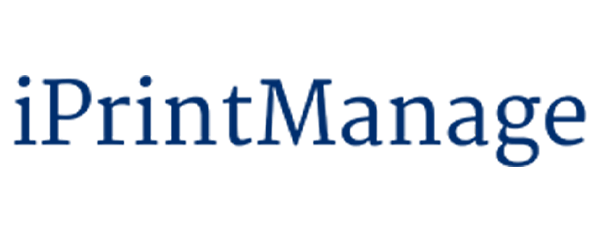It has been just over six months since Oliver Bassett joined iPrint Manage as Associate Partner. By combining one of the fastest growing hoarding companies with the printing capabilities of iPrint Manage, our clients are seeing the benefit of the ‘One stop shop’ solution.
The options of installing hoarding, internal store fronts, kentledge blocks, gates, graphics, wayfinding and signage is all managed and coordinated from a central resource.
With the added benefit of an in house metal workshop for the gates and steel shoes, concrete block production facility and a fleet of vehicles, coupled with the host of printing equipment and installation crews, a reactive and rapid response is assured.

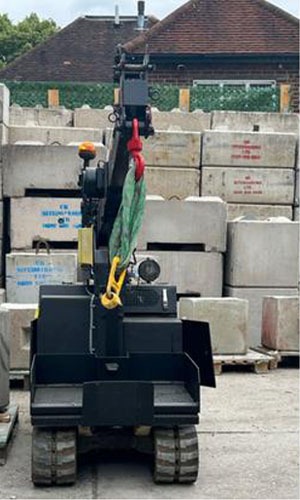

PROJECT UPDATE: Loxford Lane
300 meters of traditional ‘dug in’ hoarding with full graphics installed.
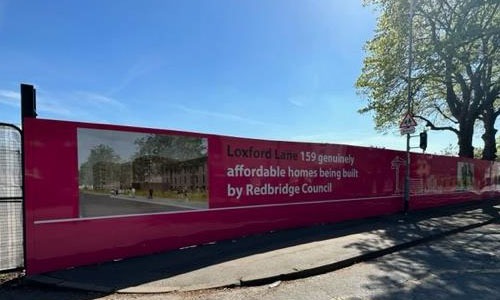
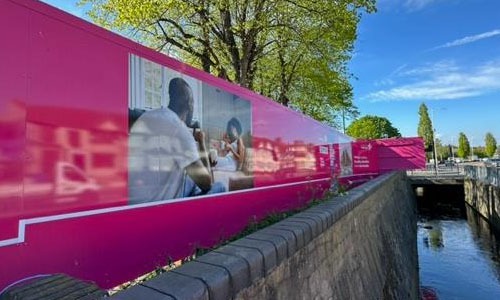
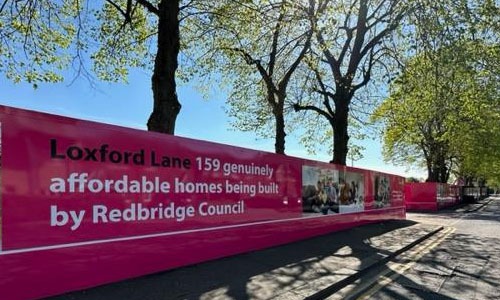
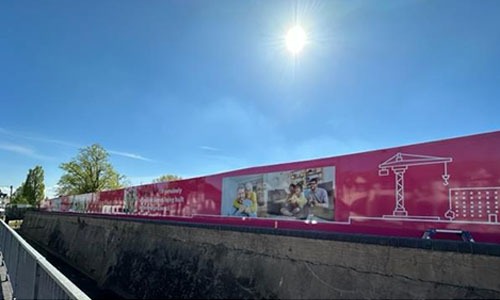
Various Projects




